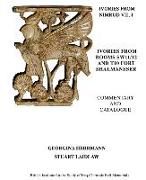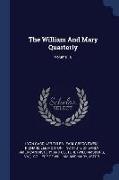- Start
- Ivories from Nimrud (1949-1963) VII, 1 and 2
Ivories from Nimrud (1949-1963) VII, 1 and 2
Angebote / Angebote:
The Lost Art of the Phoenicians Fifty years have passed since the British School of Archaeology in Iraq raised the last ivory from the soil of Fort Shalmaneser. Literally thousands were found, many of which have already been published inIvories from Nimrud I-V, while VI recorded the outstanding pieces from the North West Palace. Ivories from Nimrud VII, Ivories from Rooms SW11/12 and T10 completes the publication of the assemblages in the Fort, as far as records permit. The ivories of Room SW11/12 are similar in character to those of Room SW37 and probably represent another consignment of booty, while those of T10 in the Throne Room block include pieces from all four traditions, as well as some entirely new ones.With the primary publication completed, it is now possible to look at these remarkable ivories as a whole rather than studying them by prov¿enance, as is discussed in detail in the Commentary. Not surprisingly, it immediately becomes apparent that the majority can be assigned to the Phoenician tradition. There are at least twice as many Phoenician ivo¿ries than the other Levantine and Assyrian ivories. They form therefore an incredible archive, recording the lost art of the Phoenicians, long famed as master craftsmen.The Phoenician ivories can be divided into two, the finest, the Clas¿sic Phoenician, often embellished with delicate, jewel-like inlays, and the other examples still clearly Phoenician in style and subject. While the Classic pieces were probably carved in a single centre, possibly Tyre or Sidon, the others would have been carved in a variety of dif¿ferent Phoenician centres, located along the Mediterranean seaboard.Designs on Syrian-Intermediate ivories are versions of some Phoe¿nician subjects, employing different proportions and styles. They may represent the art of the recently-arrived Aramaean kingdoms, copying their sophisticated neighbours, while North Syrian ivories are entirely different in subject and character and derive from earlier Hittite traditions.The ivories found at Nimrud present a unique resource for studying the minor arts of the Levantine world.
Folgt in ca. 15 Arbeitstagen




